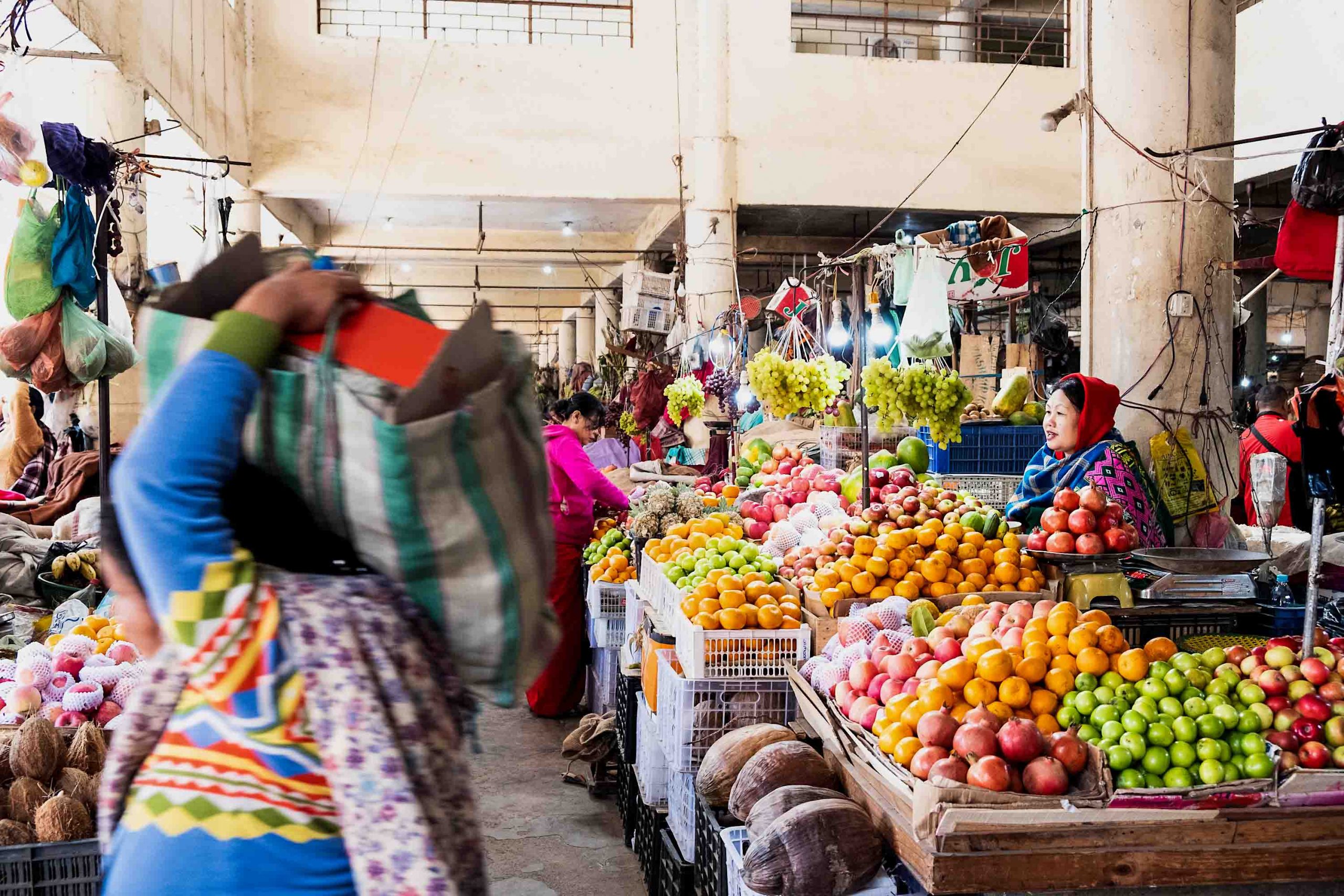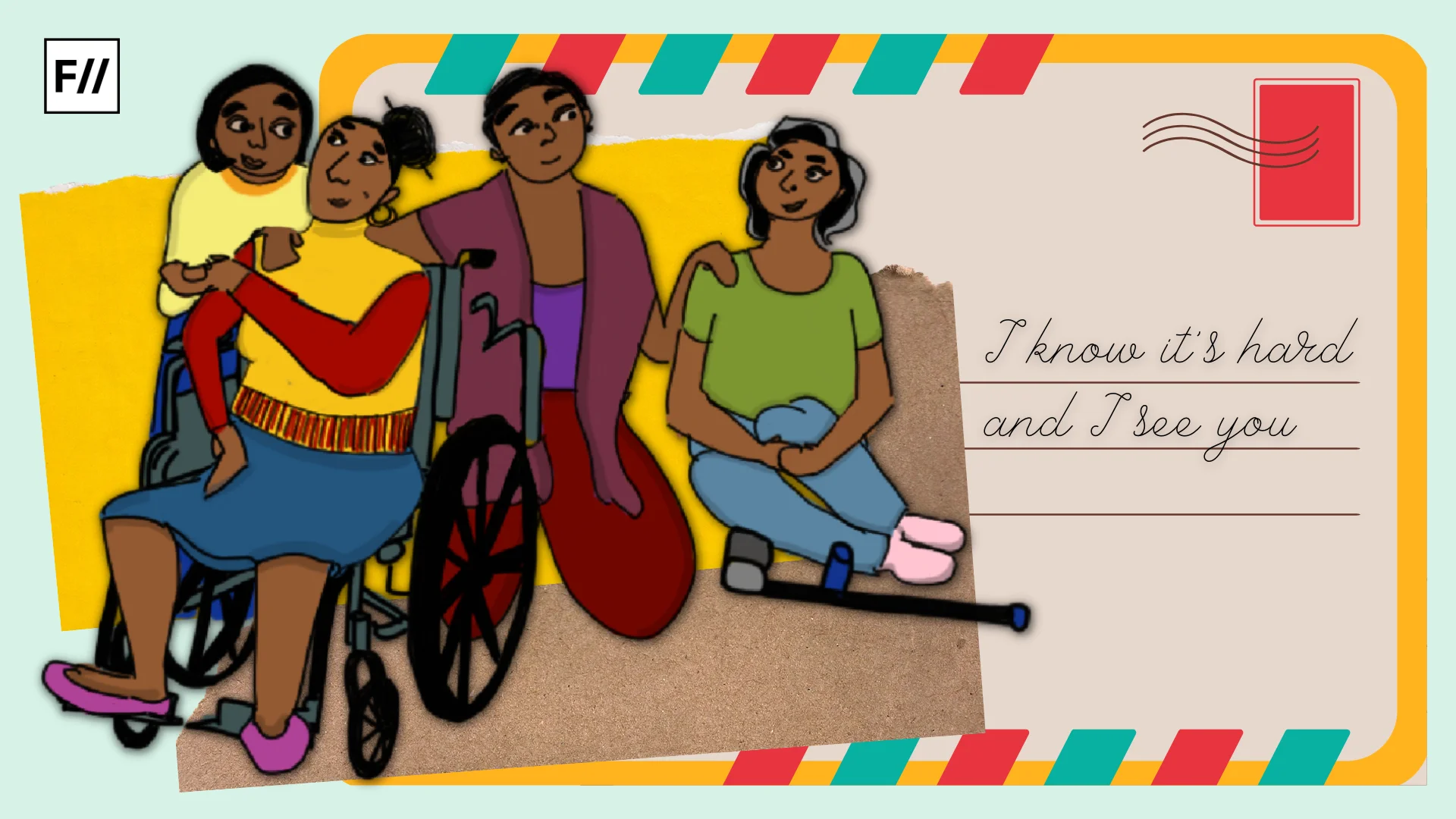Manipuri women, traditionally, have always stayed out of politics but the recent win of the five women MLAs in the just concluded 60 member 12th Manipur Legislative Assembly Election have brought the focus back to them. While it is encouraging that the representation of the Manipur women have increased from two in the last assembly election to five in the current legislative assembly, its deeply patriarchal society with no inheritance rights for their women on land and immovable fixed assets can’t be ignored. It is also a fact that Manipur women are hardly present in the highest echelons of decision making body of the state with absolute absence of the likes of Mamata Banerjee or Mayawati in the state. Another fact is that Manipur women are hardly out on the streets alone at night for leisure, which is an evidence of how restricted their mobility is due to safety concerns.
This is to bring into light that in the land of sportspersons like Mirabai Chanu and Mary Kom, patriarchy continues to run deep. But the circumstances of its past and present mindsets, thought processes as well as the institutes prevalent in the state have manifested Manipur into a society that has somehow pioneered campaigns solely waged by women and sown seeds of economic empowerment for women that is unique to this place.
Also read: Manipur Inaugurated Its First Transgender Women’s Grievance Cell
This is to bring into light that in the land of sportspersons like Mirabai Chanu and Mary Kom, patriarchy continues to run deep. But the circumstances of its past and present mindsets, thought processes as well as the institutes prevalent in the state have manifested Manipur into a society that has somehow pioneered campaigns solely waged by women and sown seeds of economic empowerment for women that is unique to this place.
And despite its shortcomings, the state’s achievement vis-a-vis women’s waged movements and women’s economic empowerment is no mean task, especially when emulated in a patriarchal society such as ours. Let’s look at the era of British imperialism. In 1904, a strong number of 5000 women of Manipur protested against the British for sending their men to Burma to collect timber. The revolution is said to have lasted for a week and eventually, the British is said to have withdrawn the new regulations of forced labour of sending the Manipur men to collect timber from Burma.
Another struggle was waged in 1939 by Manipuri women when there was a man-made famine because of the British policy of exporting rice outside Manipur. The struggle is said to have lasted for several months, with women out on the roads, eventually claiming a few lives of the women protestors. The agitation is said to have subsided because of the second World War. Both these historic wars came to be known as the first and second Nupi Lal or Women’s War. The all women civilian troops protested against the British for their policies of forced labour and exploitation of their men in 1904 and against the price hike and artificial scarcity of rice because of the exportation outside of Manipur in 1939. This was significant as women of Manipur were at the forefront of fighting every repressive laws made by the British imperialists and thereafter.

Also, women’s activism and protest movement in independent India came in the form of Nisha Bandh and Meira Paibi (women torch-bearers) in Manipur, wherein, in the first case, i.e. Nisha Bandh, literally meaning banning of intoxicants in Manipuri, the women were out on the street at night patrolling against men who consume intoxicants and abuse drugs. These women vigilante activists were a dominant force for Manipur men to stay off the streets at night after consuming alcohol and other intoxicants. The Nisha Bandh vigilante activists women are pioneers in their approach towards creating a sense of fear among men who would, otherwise, cause ruckus in inebriated state in public spaces.
The Meira Paibis, literally translated as women torch bearers in Manipuri, is a Manipur women’s protest movement group that fights against the state for their failure to provide redressal for human rights violations and crimes against women, among others. What is significant about these protest movements is that even today, Manipur women are always out on the streets protesting against the excesses of the state as well as injustices meted out women.

The Meira Paibis, literally translated as women torch bearers in Manipuri, is a Manipur women’s protest movement group that fights against the state for their failure to provide redressal for human rights violations and crimes against women, among others. What is significant about these protest movements is that even today, Manipur women are always out on the streets protesting against the excesses of the state as well as injustices meted out women.
Also read: E-Commerce & The Impact Of Lockdown On Manipuri Women’s Ima Keithel

Another interesting fact is that the largest All Women’s Market in Asia is run by the Manipur women in Imphal. What is significant is that it provides economic empowerment to the estimated 5000-6000 women vendors that sells everything from handloom, handicrafts, fruits to items of daily necessities. The All Women’s Market in Manipur, also known as Nupi Keithel meaning Women’s Market or Ima Keithel or Mother’s Market, which was established in the 16th century, have survived and flourished till date and have an immensely intriguing history that showed these women as fending and providing for themselves while their men goes for lallup kaba, which was forced labour imposed by the then Manipur king that required the men to go to distant places to work or serve in the military. These heartwarming true stories of Manipur women tells us that women can at least find their spaces in public spheres despite its deep rooted patriarchy.
Halley Nongmaithem is an Imphal based writer and journalist. She is an ex-Xavierite, Mumbai and Delhi University alumna. She is also the former Manipur Correspondent at The Northeast Today and has bylines at The Hindu, The Quint and The Print, among others. She founded the now defunct news-site, The Current, that focused on East Asian news, health and gender. Currently, she works in the Manipur Chief Minister’s social media cell as a content writer. You can find her on Linkedin and Twitter.
Featured image source: Outlook India




